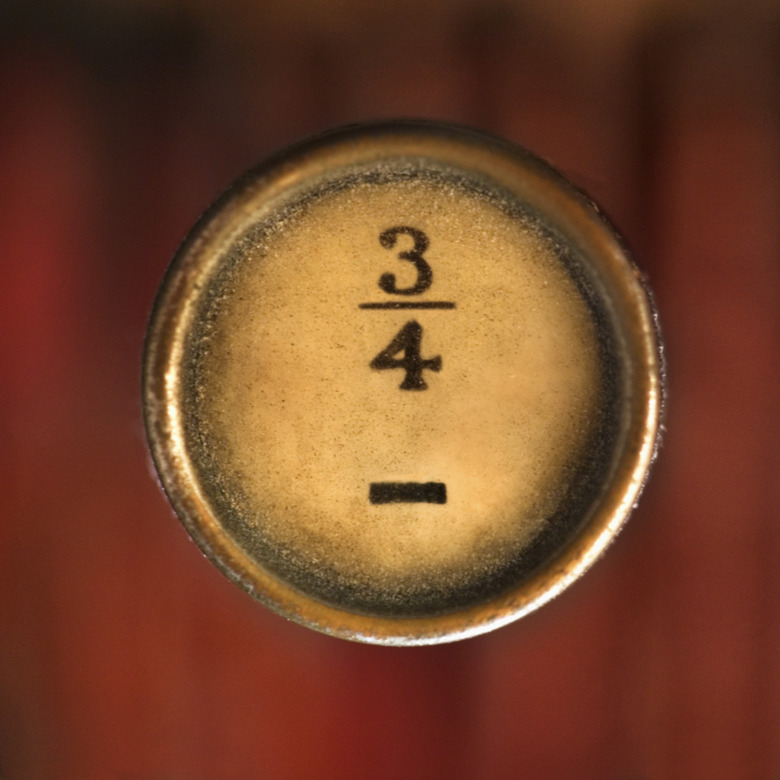How To Get The Fraction Equivalent Of A Whole Number
Fractions can come in many forms and still represent the same amount. Fractions that have different numerators and denominators but possess the same value are called "equivalent" fractions. When a fraction's numerator is greater than its denominator, the fraction is said to be improper and retains a value greater than one. By working with improper fractions, you can find a fraction that is equivalent to a whole number, which can then ease the process of subsequent fractional operations.
Step 1
Select a number for the fraction's denominator. For this example, let the denominator be 4.
Step 2
Multiply the denominator to the whole number. For this example, let the whole number be 5 — multiplying 4 by 5 yields 20.
Step 3
Write the product of the prior step as the numerator over the selected denominator of the first step to create the equivalent fraction. Concluding this example, 20/4 is an equivalent fraction of 5.
TL;DR (Too Long; Didn't Read)
The denominator can be any integer — as long as when it is divided into the numerator, it produces the original whole number.
References
Cite This Article
MLA
Gartneer, Chance E.. "How To Get The Fraction Equivalent Of A Whole Number" sciencing.com, https://www.sciencing.com/fraction-equivalent-whole-number-10038865/. 24 April 2017.
APA
Gartneer, Chance E.. (2017, April 24). How To Get The Fraction Equivalent Of A Whole Number. sciencing.com. Retrieved from https://www.sciencing.com/fraction-equivalent-whole-number-10038865/
Chicago
Gartneer, Chance E.. How To Get The Fraction Equivalent Of A Whole Number last modified March 24, 2022. https://www.sciencing.com/fraction-equivalent-whole-number-10038865/
